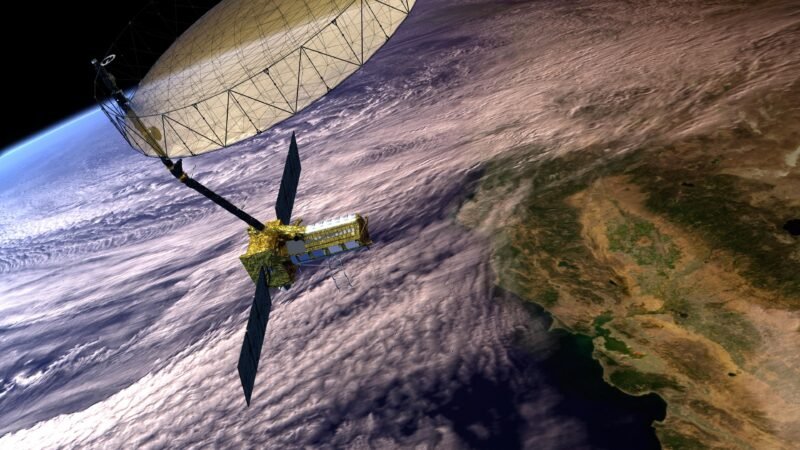Top Highlights
-
Dual Radar Systems: NISAR features an S-band radar from ISRO and an L-band radar from NASA, employing synthetic aperture radar (SAR) to monitor Earth’s land and ice surfaces bi-weekly.
-
Disaster Response: The radar’s ability to penetrate clouds will enhance disaster response efforts during severe weather events like hurricanes and flooding, providing critical data.
-
Scientific Insights: It will help scientists analyze natural hazards, including earthquakes and landslides, by measuring key surface attributes and detecting both gradual and rapid changes.
- Collaborative Effort: Managed by Caltech and involving multiple ISRO centers, the mission represents a significant international collaboration in Earth observation technology.
NASA plans to showcase the upcoming U.S.-India radar mission, known as NISAR, before its launch. This collaboration promises significant advancements in Earth observation technology.
NISAR, equipped with two radar instruments, will enhance our understanding of the planet. The S-band system, developed by the Indian Space Research Organisation (ISRO), complements NASA’s L-band system. Together, they will utilize synthetic aperture radar (SAR) techniques to survey nearly all land and ice surfaces on Earth twice every 12 days.
Importantly, each radar system measures different attributes. The S-band focuses on moisture content and surface roughness, while the L-band detects movement. These capabilities help scientists analyze natural hazards. For example, they can monitor earthquakes, volcanic eruptions, and landslides more effectively.
Moreover, NISAR’s ability to penetrate clouds will be crucial during weather disasters. It will enhance urgent responses to hurricanes and flooding, aiding communities in need. The mission will also create detailed maps, revealing gradual and sudden changes to our environment.
NASA’s Jet Propulsion Laboratory (JPL) will lead the U.S. component of NISAR. They contribute the L-band SAR, radar antenna, and communication subsystems crucial for data transmission. Meanwhile, ISRO has provided significant support through multiple centers, including the S-band SAR and the spacecraft bus.
This international mission highlights a collaboration that enhances technology and promotes scientific advancement. It promises to improve our understanding of the Earth, ultimately benefiting society. For more on the NISAR mission, visit the official website.
Discover More Technology Insights
Stay informed on the revolutionary breakthroughs in Quantum Computing research.
Access comprehensive resources on technology by visiting Wikipedia.
SciV1

